Vida útil del molde
- 2024-10-29
La vida útil del molde se refiere a la cantidad de piezas que se pueden formar garantizando al mismo tiempo la calidad de las piezas. Incluye el afilado y reemplazo repetido de piezas vulnerables hasta que se reemplaza la parte principal del molde, lo que da como resultado un total de piezas calificadas.
5 Mantenimiento y conservación
El fallo de los moldes se divide en fallo anormal y fallo normal. El fallo anormal (fallo temprano) se refiere a la imposibilidad de que un molde se ponga en servicio antes de que alcance una vida útil reconocida en un determinado nivel industrial. Las primeras formas de falla incluyen deformación plástica, fractura y desgaste localizado severo. La falla normal se refiere a la incapacidad de los moldes para continuar en servicio debido a una deformación plástica lenta, desgaste uniforme o fractura por fatiga después de la producción y el uso a gran escala.
La cantidad de productos calificados producidos antes de la falla normal del molde se denomina vida normal del molde, abreviada como vida útil del molde. La cantidad de productos calificados producidos antes de la primera reparación del molde se denomina primera vida; La cantidad de productos calificados producidos desde una reparación de un molde hasta la siguiente reparación se denomina vida útil de reparación del molde. La vida útil de un molde es la suma de su vida útil inicial y la vida útil de cada reparación posterior.
La vida útil de un molde está relacionada con su forma y estructura, y se refiere a las propiedades del material, el diseño y el nivel de fabricación del molde durante un período de tiempo determinado. Un reflejo integral del nivel de tratamiento térmico, uso y mantenimiento de los moldes. La vida útil de los moldes refleja hasta cierto punto el nivel de las industrias de fabricación metalúrgica y mecánica de una región o país.
Existen muchos tipos de moldes con diferencias significativas en las condiciones de trabajo y piezas dañadas, pero los modos de falla se pueden resumir a grandes rasgos en tres tipos: desgaste, fractura y deformación plástica.
(1) Fallo por desgaste
Cuando el molde está en servicio, entra en contacto con el tocho formado y genera movimiento relativo. El fenómeno de pérdida gradual de material de una superficie de contacto debido al movimiento relativo de la superficie se llama desgaste.
(2) Fractura fallida
Cuando el molde tiene grandes grietas o se separa en dos o varias partes y pierde su capacidad de servicio, se convierte en una falla por fractura. La fractura se puede dividir en fractura plástica y fractura frágil. Los materiales del molde son en su mayoría acero de resistencia media a alta, y la forma de fractura es principalmente fractura frágil. La fractura frágil se puede dividir en fractura única y fractura por fatiga.
(3) Fallo por deformación plástica.
Los moldes de plástico experimentan tensiones significativas y desiguales durante el servicio. Cuando la tensión en una determinada parte del molde excede el límite elástico del material del molde a esa temperatura, se producirá deformación plástica por deslizamiento de la red, macla, deslizamiento de los límites de grano, etc., cambiando la forma geométrica o el tamaño, y no se puede reparar. antes del servicio, lo que se denomina falla por deformación plástica. Los modos de falla de la deformación plástica incluyen recalcado, flexión, expansión de la cavidad, colapso, etc.
La deformación plástica de un molde es el proceso de fluencia del material metálico utilizado en el molde. La deformación plástica está determinada principalmente por la carga mecánica y la resistencia del molde a temperatura ambiente. La aparición de deformación plástica en moldes que funcionan a altas temperaturas depende principalmente de la temperatura de trabajo del molde y de la resistencia a altas temperaturas del material del molde.
(1) La influencia de la estructura del molde.
La estructura del molde tiene un impacto significativo en el estado de tensión del molde. Una estructura de molde razonable puede garantizar que el molde esté uniformemente estresado durante la operación, menos propenso a cargas excéntricas y menos concentración de tensiones. Existen muchos tipos de moldes, con importantes diferencias en forma y entornos de trabajo,
(2) La influencia de las condiciones de trabajo del molde.
1) Material y temperatura de las piezas formadas.
① Los materiales utilizados para formar piezas incluyen metales y no metales. En términos generales, los materiales no metálicos tienen baja resistencia, requieren menos fuerza de conformado, tienen menos tensión en el molde y tienen una vida útil más larga. Por lo tanto, la vida útil de los moldes metálicos es menor que la de los moldes no metálicos.
② Al formar piezas de trabajo a alta temperatura, el molde se calienta debido al calor que recibe. A medida que aumenta la temperatura, la resistencia del molde disminuye, haciéndolo propenso a la deformación plástica. Al mismo tiempo, existe una diferencia de temperatura significativa entre la superficie del molde en contacto con la pieza de trabajo y la superficie sin contacto, lo que provoca estrés térmico en el molde.
2) Características del equipo
① La precisión y rigidez del equipo las proporciona la fuerza del molde que forma la pieza de trabajo. Durante el proceso de conformado, el equipo sufrirá una deformación elástica debido a la fuerza aplicada.
② La fuerza ejercida por el equipo de velocidad sobre el molde y la pieza de trabajo aumenta gradualmente durante un período de tiempo y la velocidad del equipo afecta el proceso de aplicación de fuerza. Cuanto mayor sea la velocidad del equipo, mayor será la fuerza de impacto sobre el molde por unidad de tiempo (alto impacto); Cuanto más corto es el tiempo, menos tiempo lleva transmitir y liberar la energía del impacto, lo que facilita su concentración local, lo que da como resultado tensiones locales que exceden el límite elástico o la resistencia a la fractura del material del molde. Por lo tanto, cuanto mayor sea la velocidad del equipo, más propenso será el molde a fracturarse o fallar por deformación plástica.
3) Lubricación
Lubricar la superficie de movimiento relativo entre el molde y el tocho puede reducir el contacto directo entre el molde y el tocho, disminuir el desgaste y reducir la fuerza de conformado. Al mismo tiempo, los lubricantes también pueden dificultar hasta cierto punto la transferencia de calor desde la palanquilla al molde, reducir la temperatura del molde y ser beneficiosos para mejorar la vida útil del molde.
(3) La influencia de las propiedades del material del molde.
El rendimiento de los materiales de los moldes tiene un impacto significativo en la vida útil de los moldes, incluida la resistencia, la tenacidad al impacto, la resistencia al desgaste, la resistencia a la corrosión, la dureza, la estabilidad térmica y la resistencia a la fatiga por calor.
(4) El impacto del proceso de fabricación de moldes.
1) Durante la forja del módulo, la diferencia de temperatura entre el interior y el exterior causada por el calentamiento y enfriamiento del módulo generará estrés térmico; La selección inadecuada de parámetros técnicos durante procesos como recalcar, perforar y expandir agujeros puede provocar fácilmente el agrietamiento de la pieza en bruto de forja. Además, cuando la relación de forjado excede un cierto valor, las propiedades mecánicas transversales disminuyen drásticamente debido a la formación de tejido fibroso, lo que conduce a la anisotropía.
2) En el mecanizado eléctrico de moldes se pueden producir distintos grados de deterioro de las capas. Además, debido al calentamiento y enfriamiento locales repentinos, se forman fácilmente tensiones residuales y grietas.
3) Tratamiento térmico de moldes.
El tratamiento térmico del molde se realiza después de la forja del módulo y el mecanizado en desbaste, y es casi el proceso final del procesamiento del molde. La selección de materiales de moldes y la determinación de los procesos de tratamiento térmico tienen un impacto significativo en el rendimiento de los moldes.
(1) Propósito: Mantener un rendimiento óptimo y prolongar la vida útil del equipo, asegurando una producción normal.
(2) Ámbito de aplicación: Adecuado para la reparación y mantenimiento de moldes.
(3) Inspección y mantenimiento regulares: el mantenimiento y la inspección regulares deben ser realizados por el personal de reparación del molde y del molde superior e inferior.
(4) El método de limpieza ultrasónica electrolítica tiene un mejor efecto de limpieza en los moldes procesados. Mientras limpia, también juega un papel en la prevención de la oxidación.
1. Inspección y mantenimiento de rutina diaria:
¿Está el molde en funcionamiento en condiciones normales?
a. ¿Existe protección de bloqueo de bajo voltaje? b. Si las piezas activas, como postes guía, varillas superiores y filas, están desgastadas y lubricadas adecuadamente. Se requiere repostar al menos una vez cada 12 horas y, para estructuras especiales, se debe aumentar la frecuencia de repostaje. do. ¿Están flojos los tornillos y clips de bloqueo de la plantilla fija del molde?
1.2 Condiciones normales de producción: comprobar si los defectos del producto están relacionados con el molde;
1.3 Al desmontar, se debe realizar una inspección exhaustiva del molde y se debe realizar un tratamiento de prevención de oxidación: seque la humedad en la cavidad del molde, el núcleo, el mecanismo de expulsión y la posición de la fila, y rocíe un inhibidor de oxidación del molde o aplique mantequilla.
1.4 El molde después de ser retirado de la máquina debe colocarse en el lugar designado y registrarse:
a. Estado del molde: intacto o necesita reparación. b. El método de tratamiento antioxidante durante la fabricación de moldes.
2. Inspecciones rutinarias trimestrales:
Principalmente para limpieza y mantenimiento de moldes que no han sido utilizados durante más de dos meses.
2.1 Abra el molde y compruebe el efecto interno de prevención de oxidación. Si hay alguna situación anormal, se debe realizar nuevamente el tratamiento de prevención de oxidación. Los moldes que no se utilicen durante mucho tiempo se deben untar con mantequilla.
2.2 Regresar a su posición original y realizar registros.
El molde es el equipo de proceso básico para la producción de la industria mecánica y una herramienta indispensable en la producción de productos industriales. El rendimiento de los moldes fabricados con acero para moldes requiere una estricta supervisión del proceso de producción, y las materias primas para la producción de moldes también deben controlarse estrictamente para evitar fallas prematuras, grietas por tratamiento térmico y otros defectos causados por problemas del material.
El control de materias primas para moldes se realiza desde los siguientes aspectos:
1. Macroinspección
La composición química es decisiva para garantizar el rendimiento del acero, pero una composición cualificada no puede explicar completamente el rendimiento del acero. Debido a las irregularidades de la estructura interna y la composición del acero, la inspección macroscópica complementa en gran medida esta deficiencia. Las pruebas macroscópicas pueden observar la cristalización del acero, la falla de la continuidad del acero y la falta de uniformidad de ciertos componentes. Ocho defectos macroscópicos comunes: segregación, porosidad, inclusiones, contracción, burbujas, manchas blancas, grietas y pliegues.
2. Evaluación del tejido recocido
El recocido tiene como finalidad reducir la dureza del acero, facilitar el mecanizado y también preparar la estructura para su posterior tratamiento térmico.
3. No uniformidad de los carburos.
El acero martensítico tipo Cr12 contiene una gran cantidad de carburos eutécticos en su microestructura, y la irregularidad de los carburos tiene un impacto muy importante en su rendimiento. Por tanto, se debe ejercer un control estricto sobre la distribución de carburos.
En resumen, debido a la complejidad de los objetos de producción en las fábricas y talleres de moldes, y al hecho de que en su mayoría son piezas únicas o lotes pequeños, plantea ciertas dificultades para la formulación y gestión de cuotas de producción de moldes. Además, los métodos de producción, equipos y cualidades técnicas de cada fábrica y taller no son los mismos. Por lo tanto, al formular cuotas, es necesario encontrar métodos adecuados para desarrollar cuotas de horas de trabajo avanzadas y razonables basadas en la situación real de la fábrica y el taller, con el fin de mejorar la productividad laboral.
-
ETIQUETA:
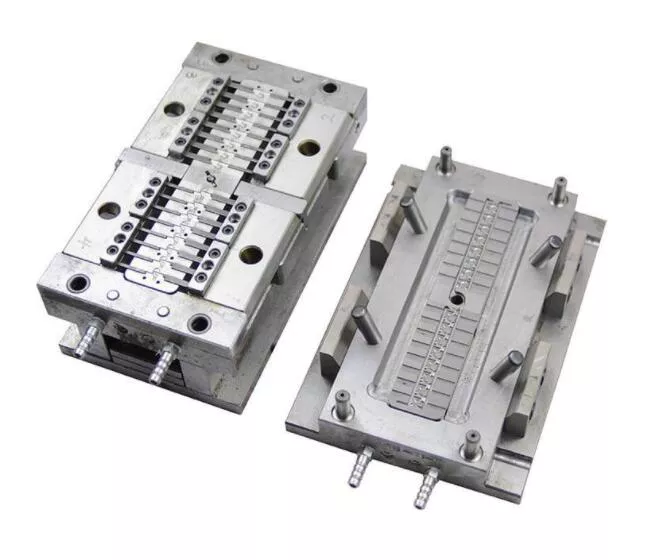
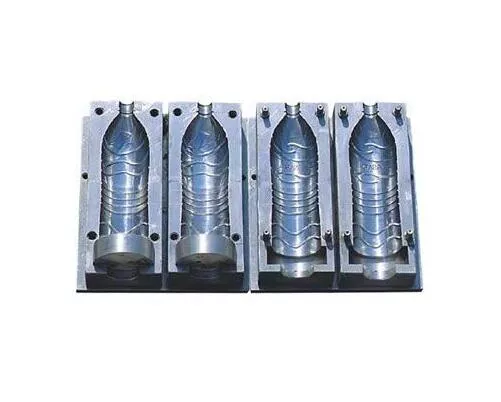

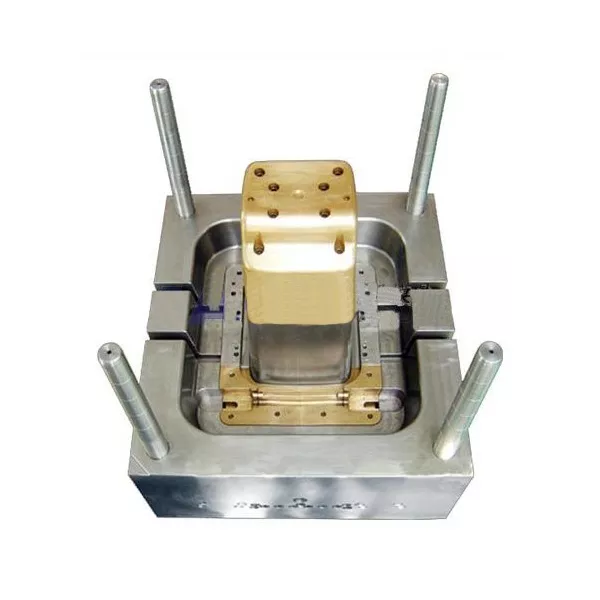
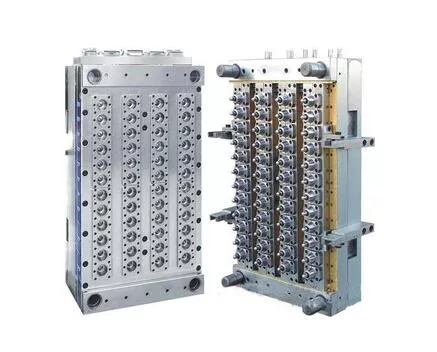
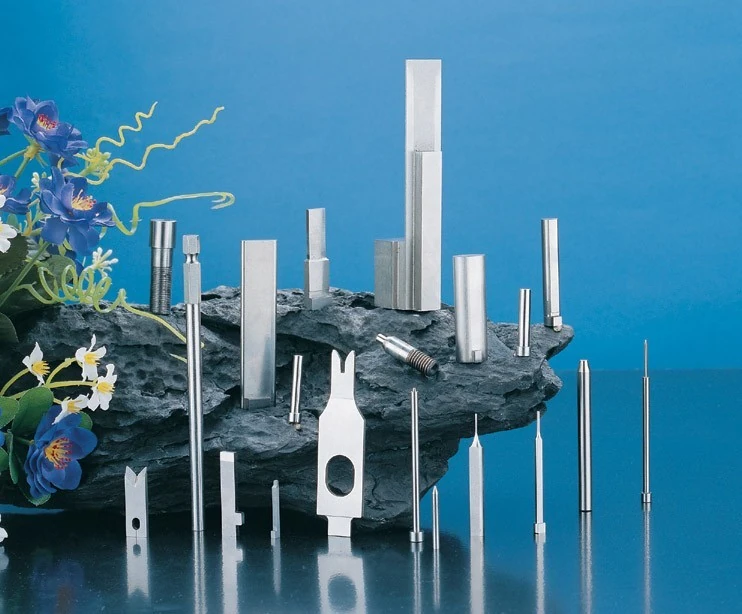
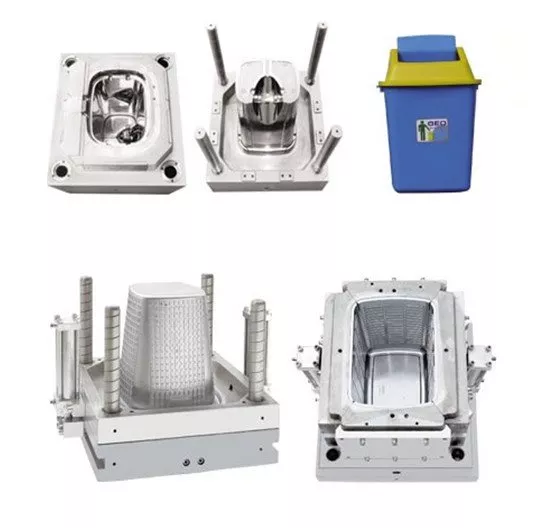
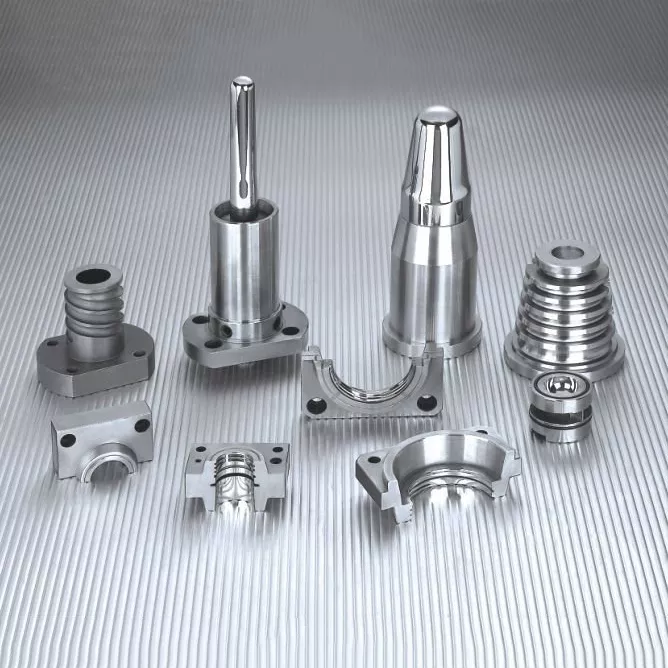
Enviar consulta de inmediato